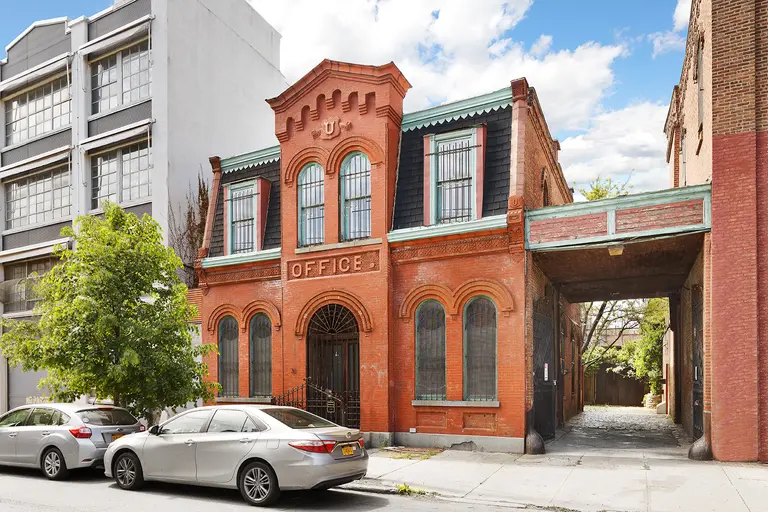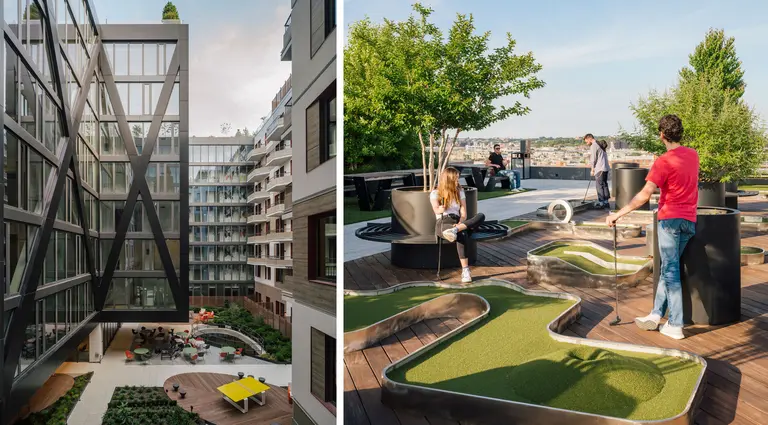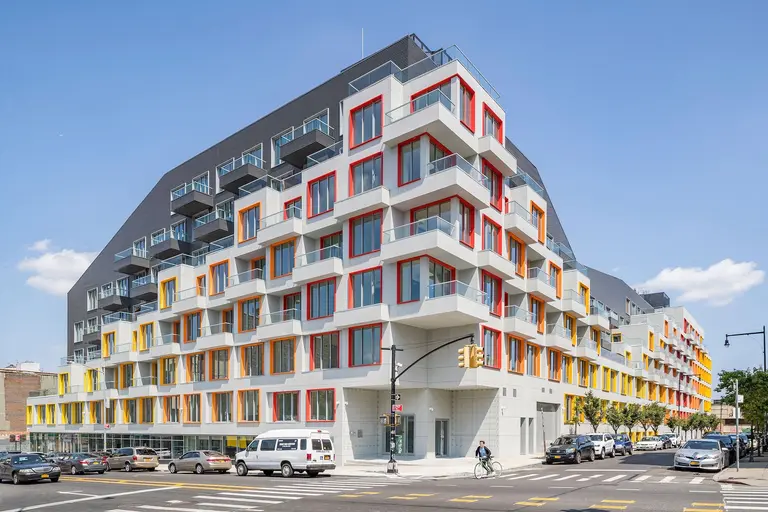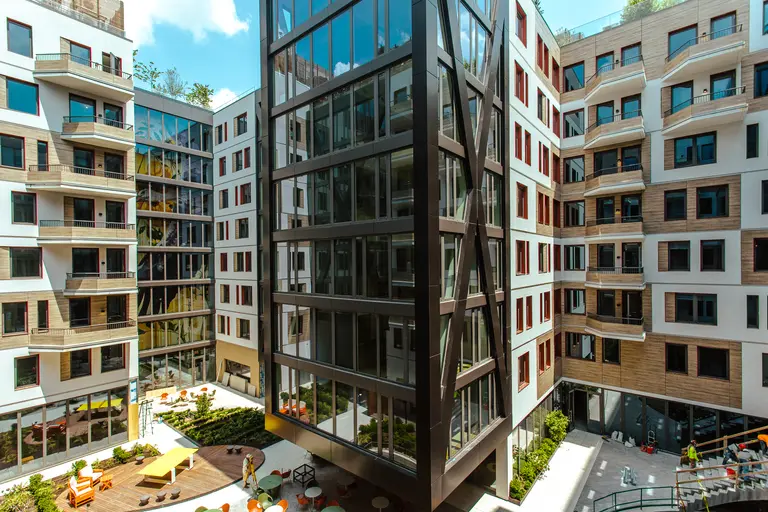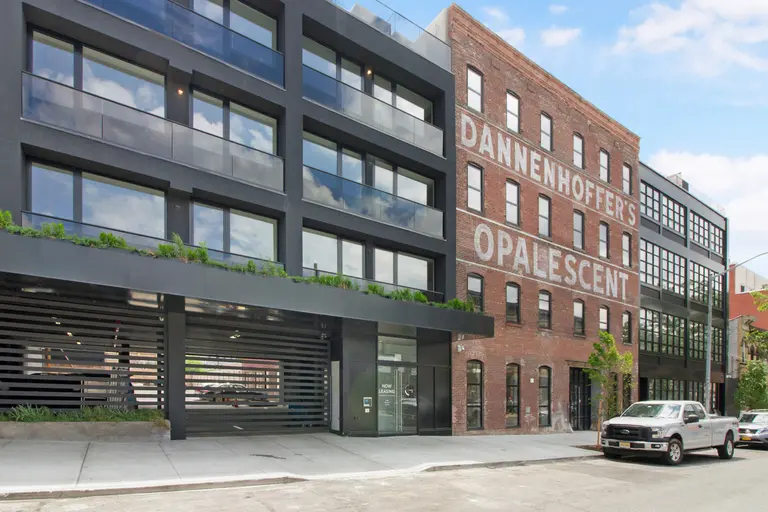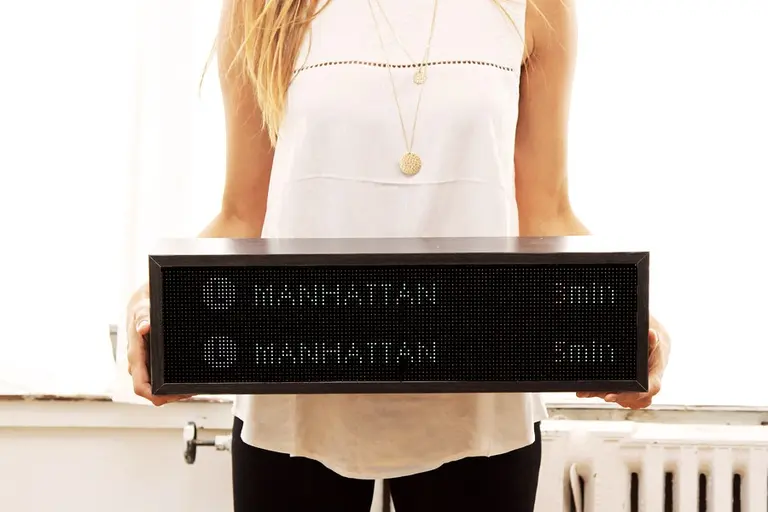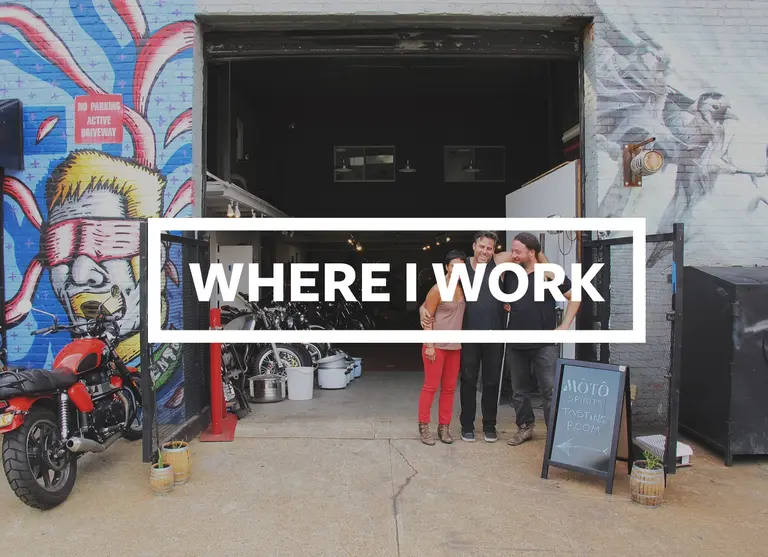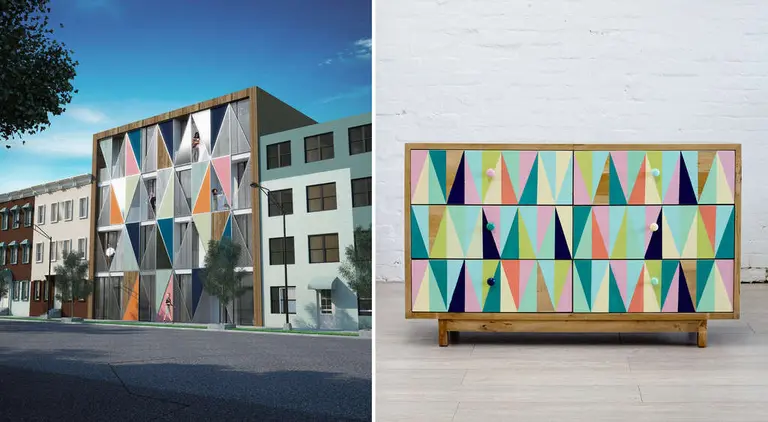Where I Work: Weaving and dying indoor hammocks with Bushwick design collective Pouch
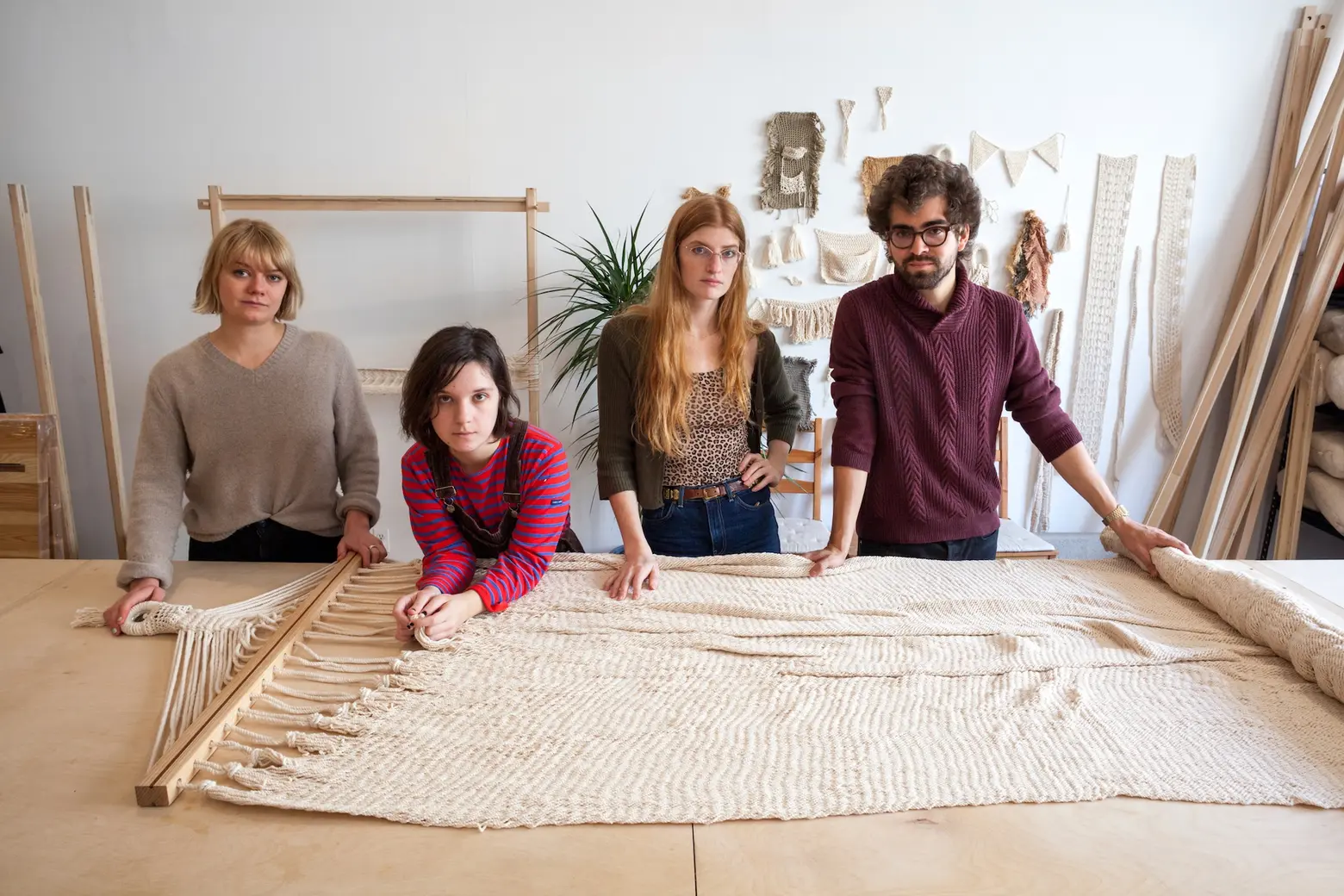
The pouch team, L to R: Textile Designer Taylor McMahon; Fabricator Emma Cook; Design Director Melissa Riling; Founder/CEO/Design Director Robert James Ramirez
6sqft’s series “Where I Work” takes us into the studios, offices, and off-beat workspaces of New Yorkers across the city. In this installment, we’re touring high-end interior hammock company Pouch‘s Bushwick studio.Want to see your business featured here? Get in touch!
Picture yourself lounging in a hammock. Perhaps you’re a kid on summer break in the backyard or on a trip to the islands relaxing on a beach. Wherever this vision takes you, it’s that weightless, carefree feeling that probably comes to mind, which is the sensation that Bushwick-based design collective Pouch is trying to recreate inside the home with their handmade hammocks. According to founder and design director Robert Ramirez, the company believes the feeling of being on vacation should be incorporated into everyday life and that their product provides “a moment of retreat and relaxation amid the craze of city life.”
Working with a group of artisans in El Salvador who employ a traditional Salvadoran weaving technique and a fellow Bushwick company that naturally dyes all the cotton (using materials like tree bark and avocado pits), Robert has taken his family’s roots and brought them to what is arguably the maker capital of the country. 6sqft recently visited Pouch’s Brooklyn studio to learn more about the company and see how the hammocks are made, step-by-step.
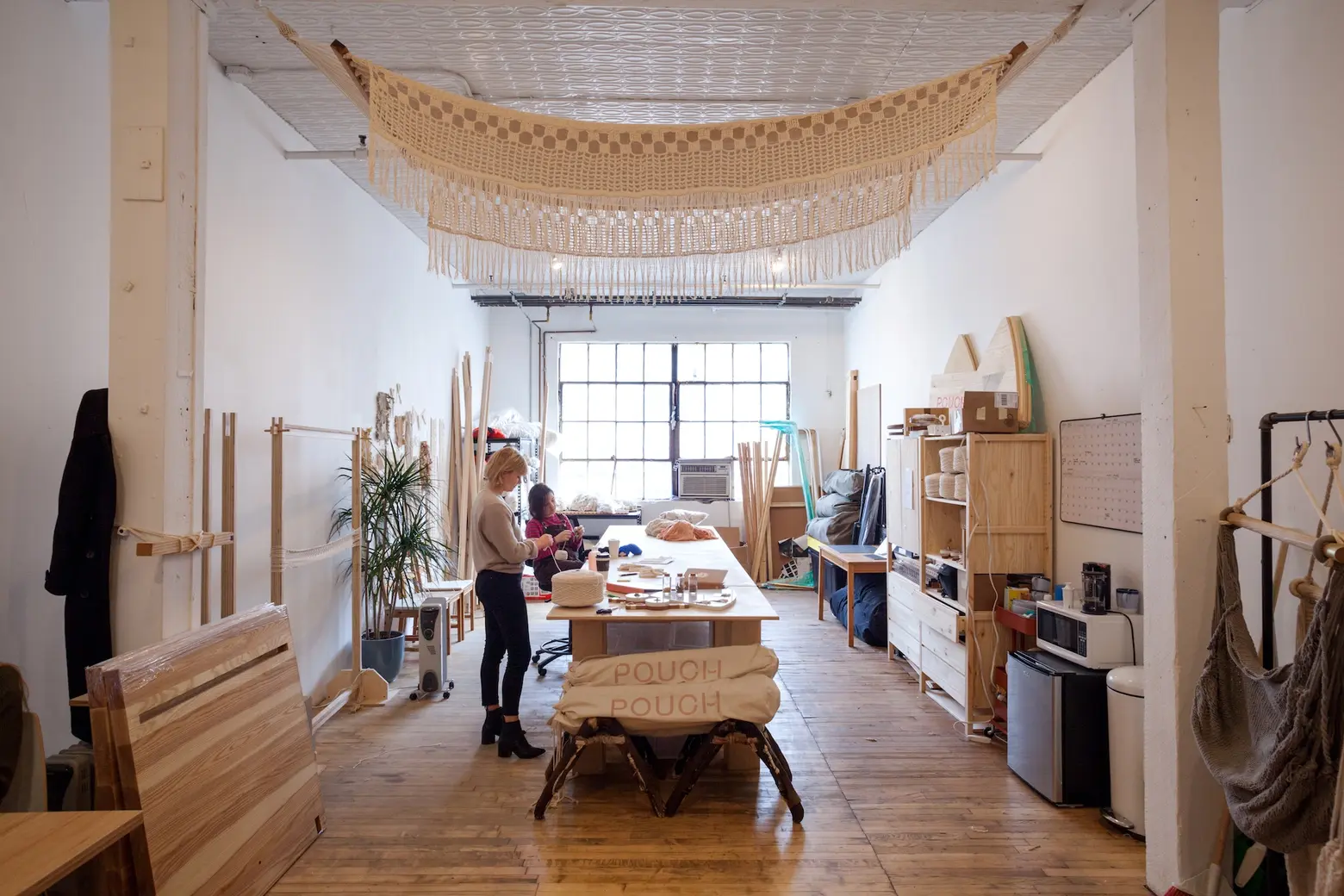
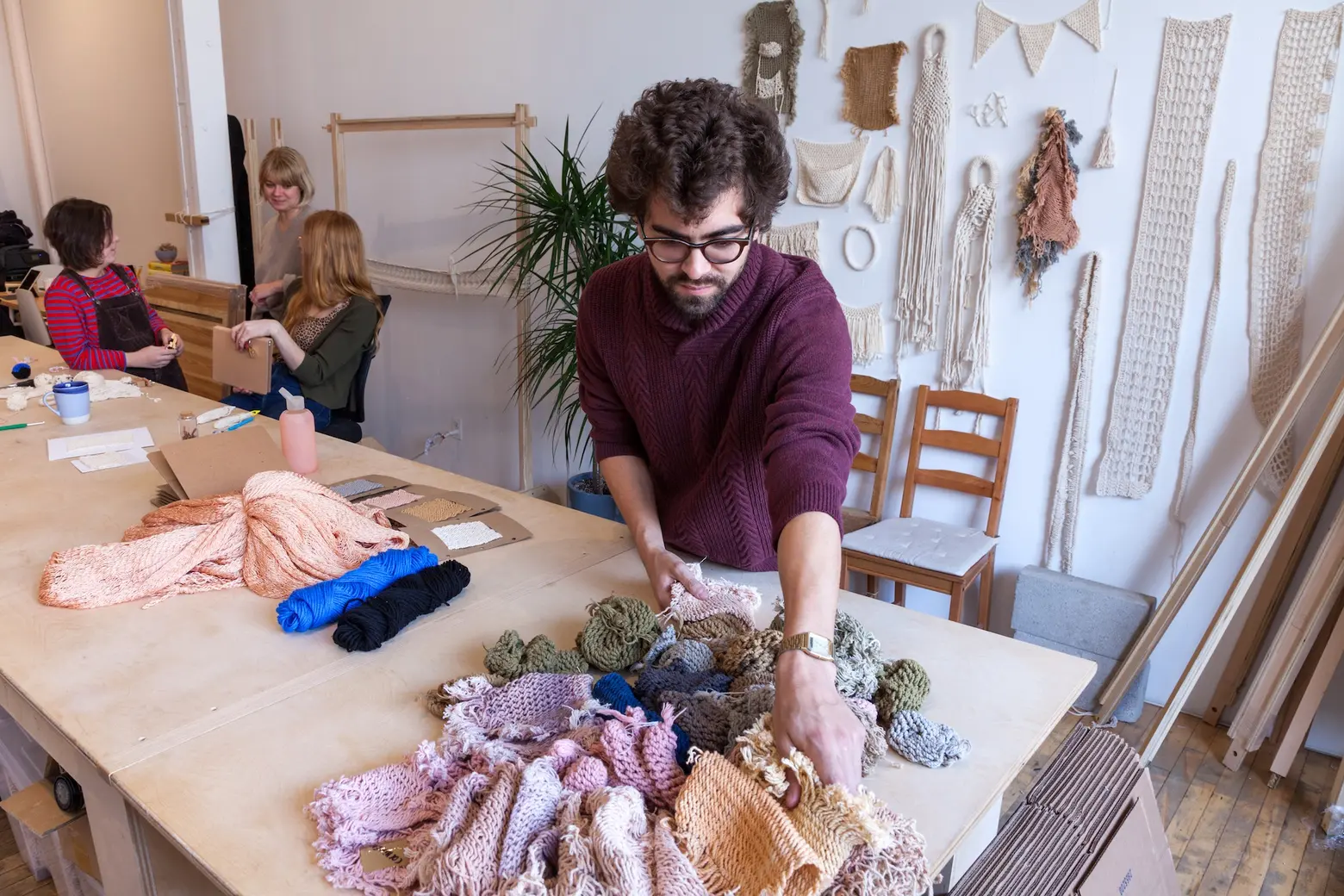
Robert grew up in Boston, studied theater and communications for two years at the University of Massachusetts, and then found himself enrolled in a full-time theater program in New York City. Spending so much time trying to sell himself as an actor and negotiate roles led him to realize how much of a business endeavor that was and how much he’d already learned on that side of things. Before getting started, Robert decided to indulge and explore levels of tranquility otherwise unattainable in the city. He moved to Alaska for six months to live in a dry cabin while working with a rescue sled dog team. Soon after, he was ready to begin his journey to Pouch.
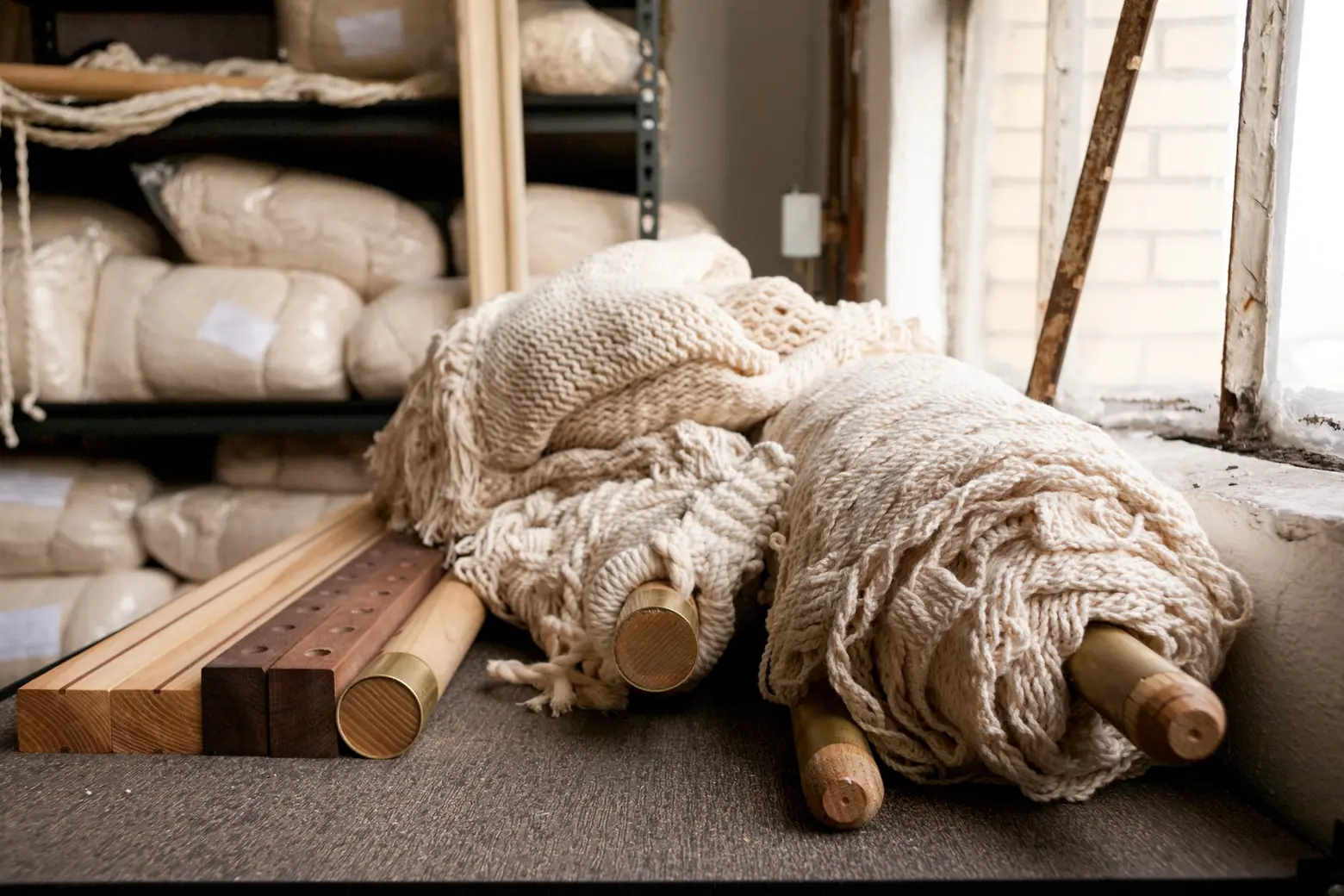
When Robert’s father left El Salvador in 1975, he received a traditional hammock as a gift, which was displayed on the wall of Robert’s childhood home. When he returned to NYC, Robert was looking through old family photos and was reminded of the hammock. At the time, he was living in a loft, trying to figure out something to do in the big, open space. He and his father dug the hammock out of storage where it had been sitting for 20 years and put it up in the apartment.
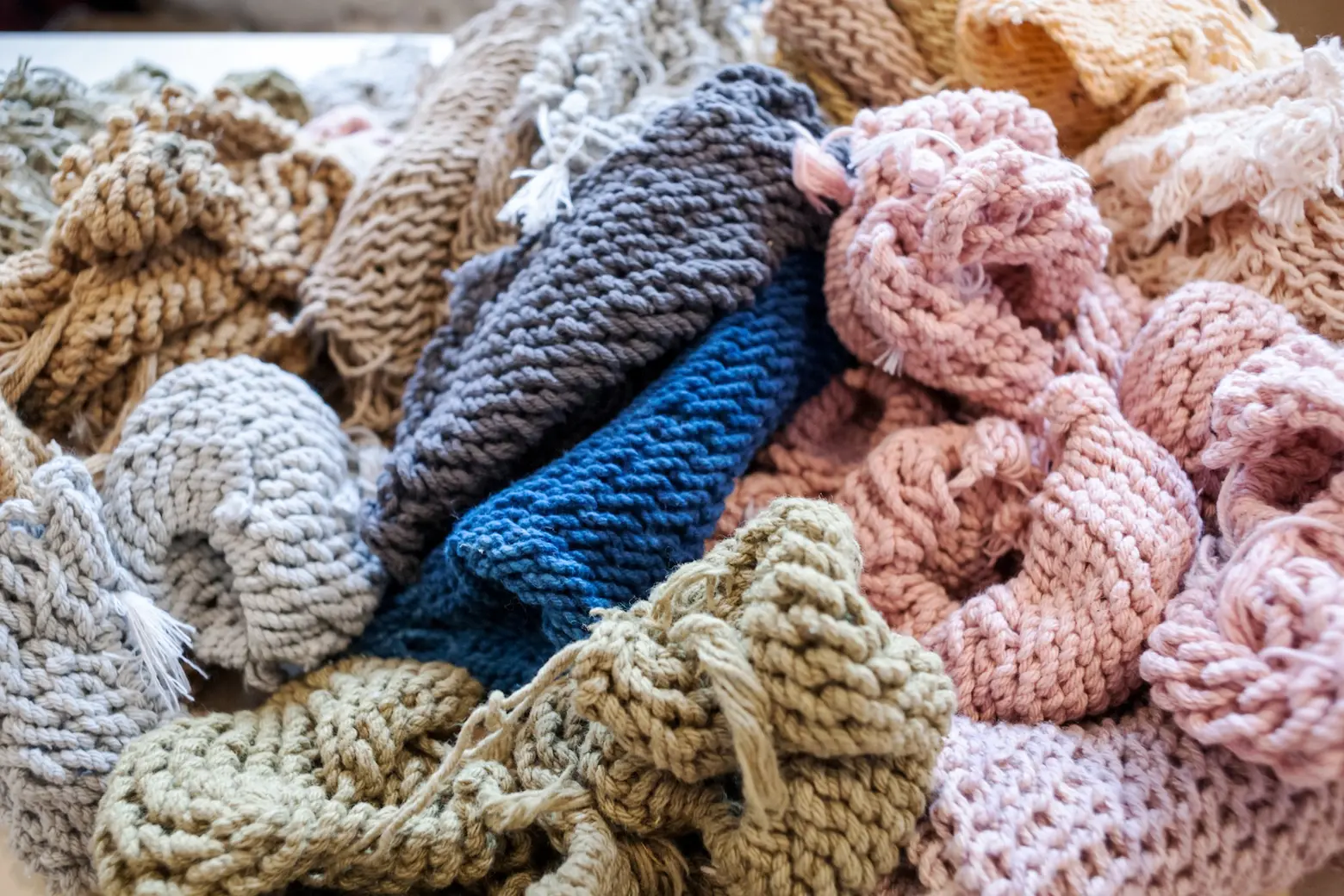
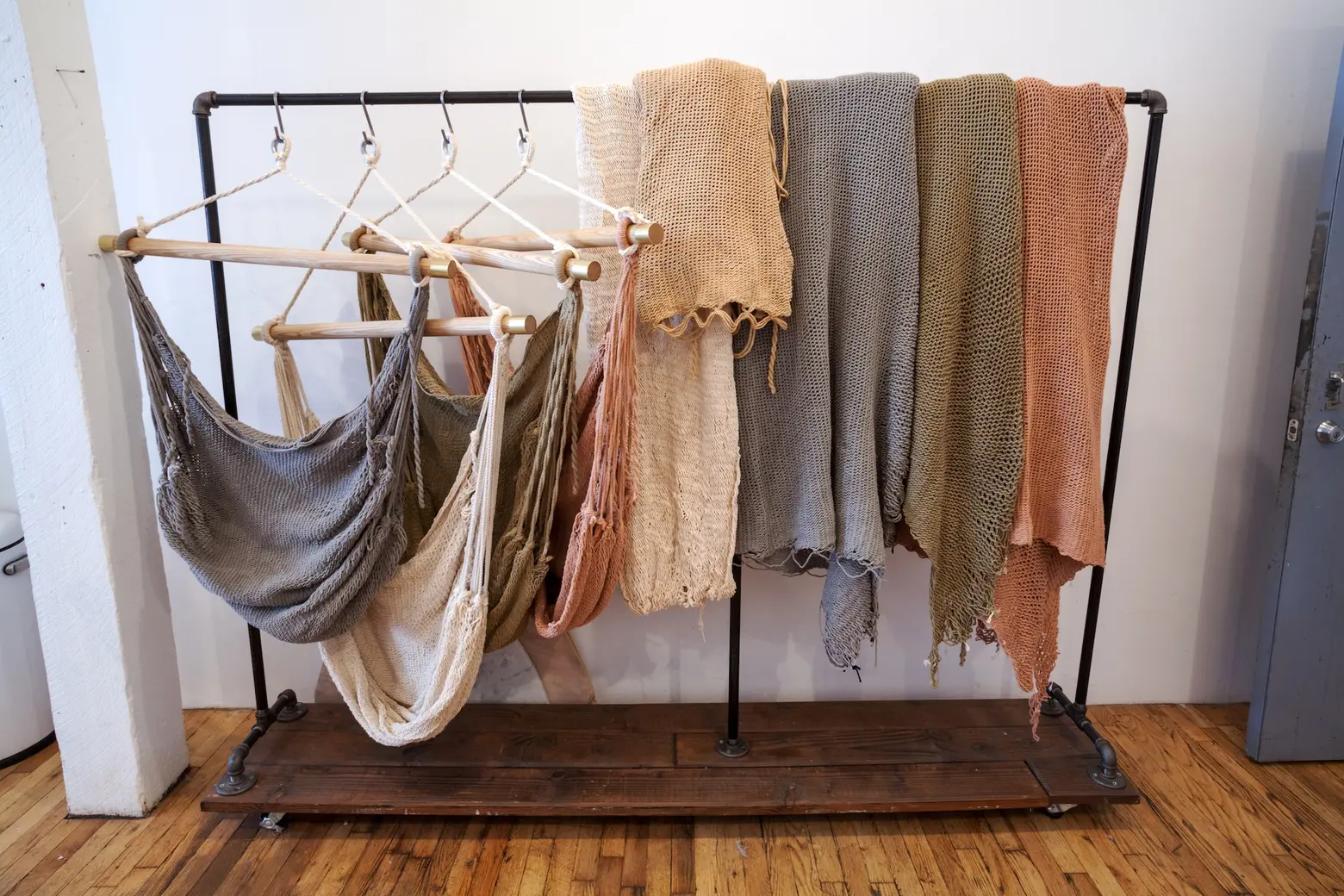 One of the weavers in El Salvador, Reina, has been working in the craft for nearly 50 years.
One of the weavers in El Salvador, Reina, has been working in the craft for nearly 50 years.
Robert quickly saw how his friends were drawn to the hammock and he approached his father with a business idea. They emailed family members in El Salvador and found out where the traditional hammocks were still being made. Fast forward, and Robert now makes routine visits to the village of Chalate, where artisans manufacture the cotton yarn and hand-weave the products.
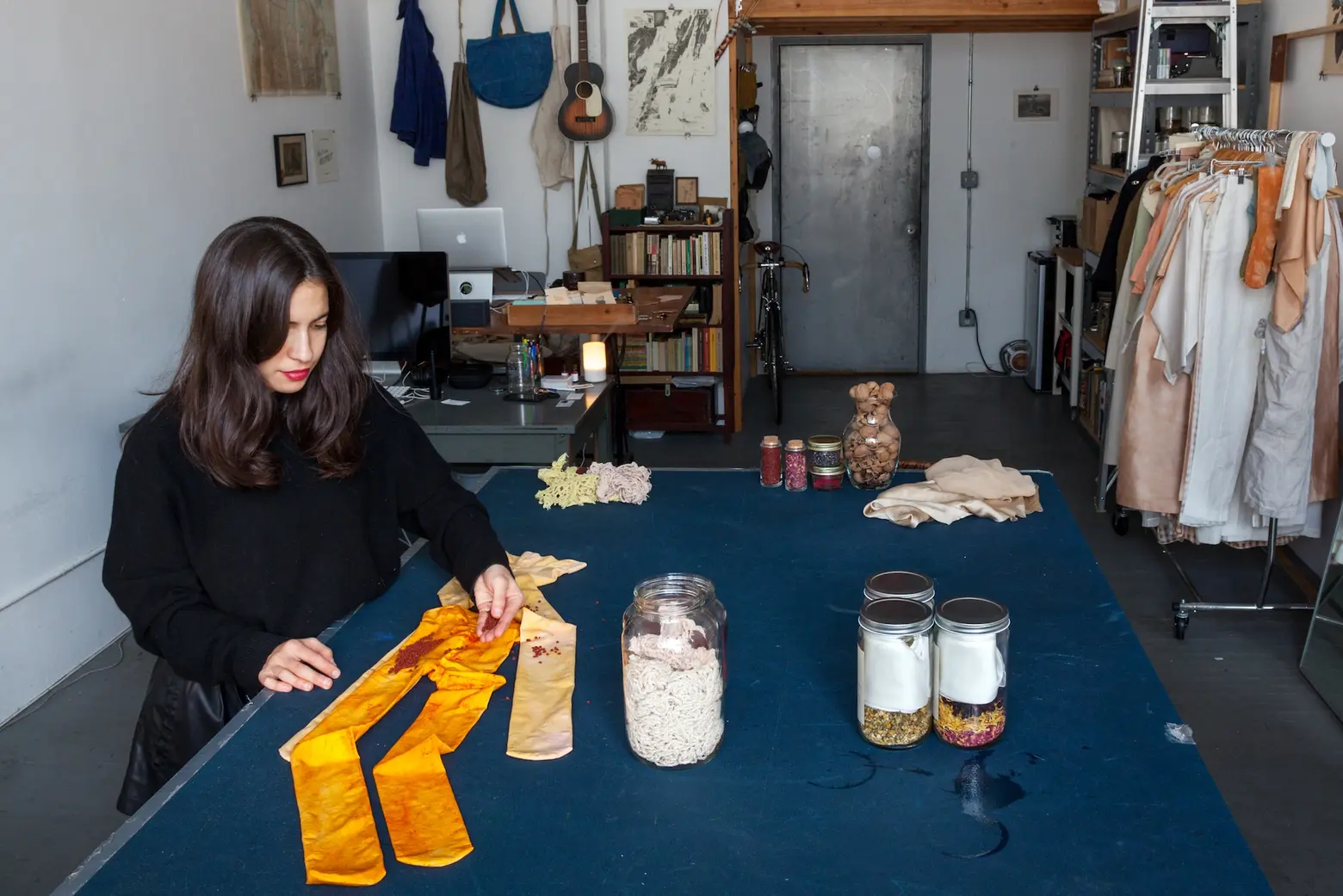
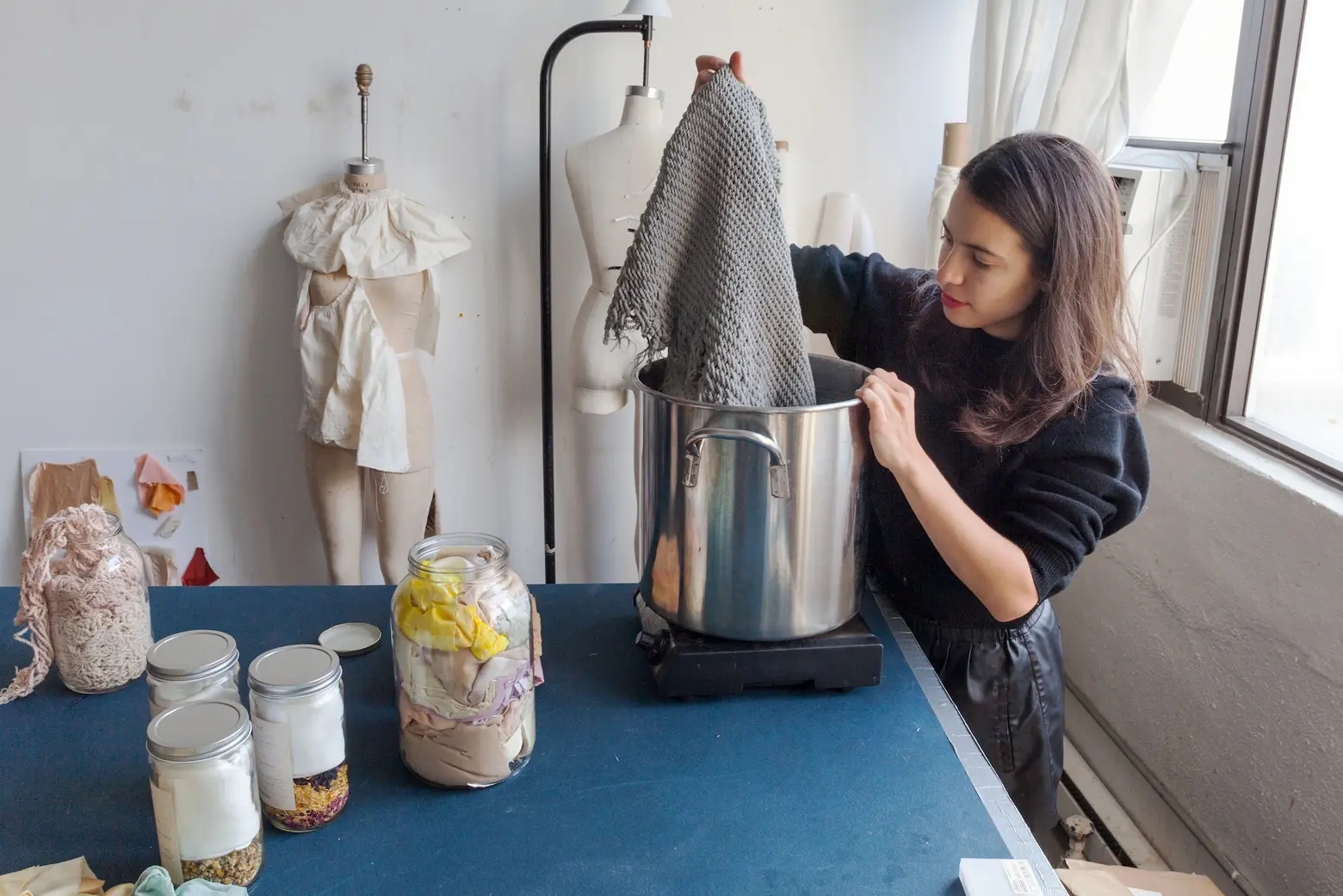
Back in Brooklyn, he teamed up with fashion design graduate and upstairs studio neighbor Maria Elena Pombo to create the natural dyes for the fabrics.
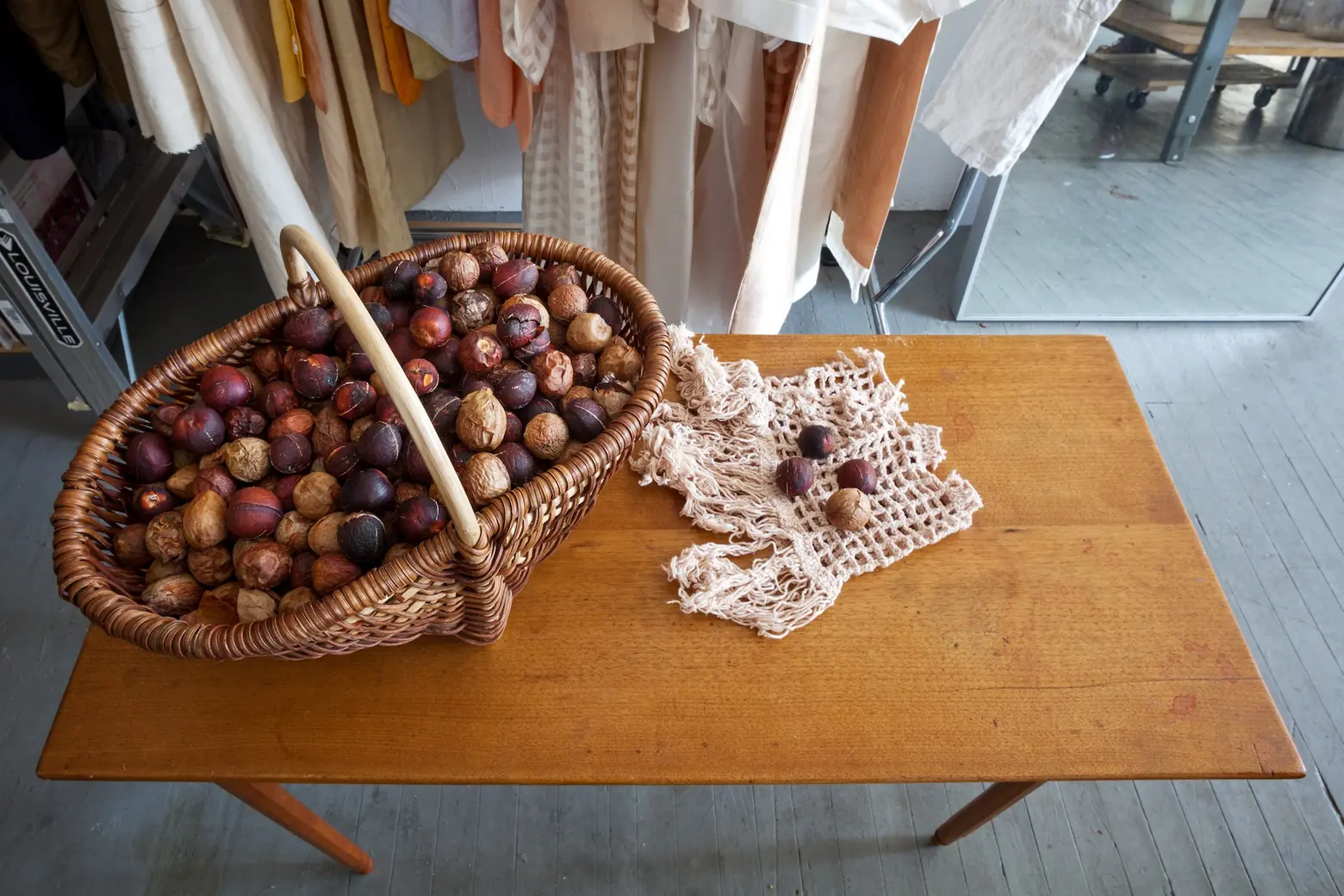
 Maria uses 100 avocado pits a day! She makes weekly trips to collect them from Avocaderia.
Maria uses 100 avocado pits a day! She makes weekly trips to collect them from Avocaderia.
Maria and her company Fragmentario extract color from plants and minerals from local New York restaurants and farms, such as avocado pits from Industry City’s eatery Avocaderia, iron, madder root, fustic, and osage orange.
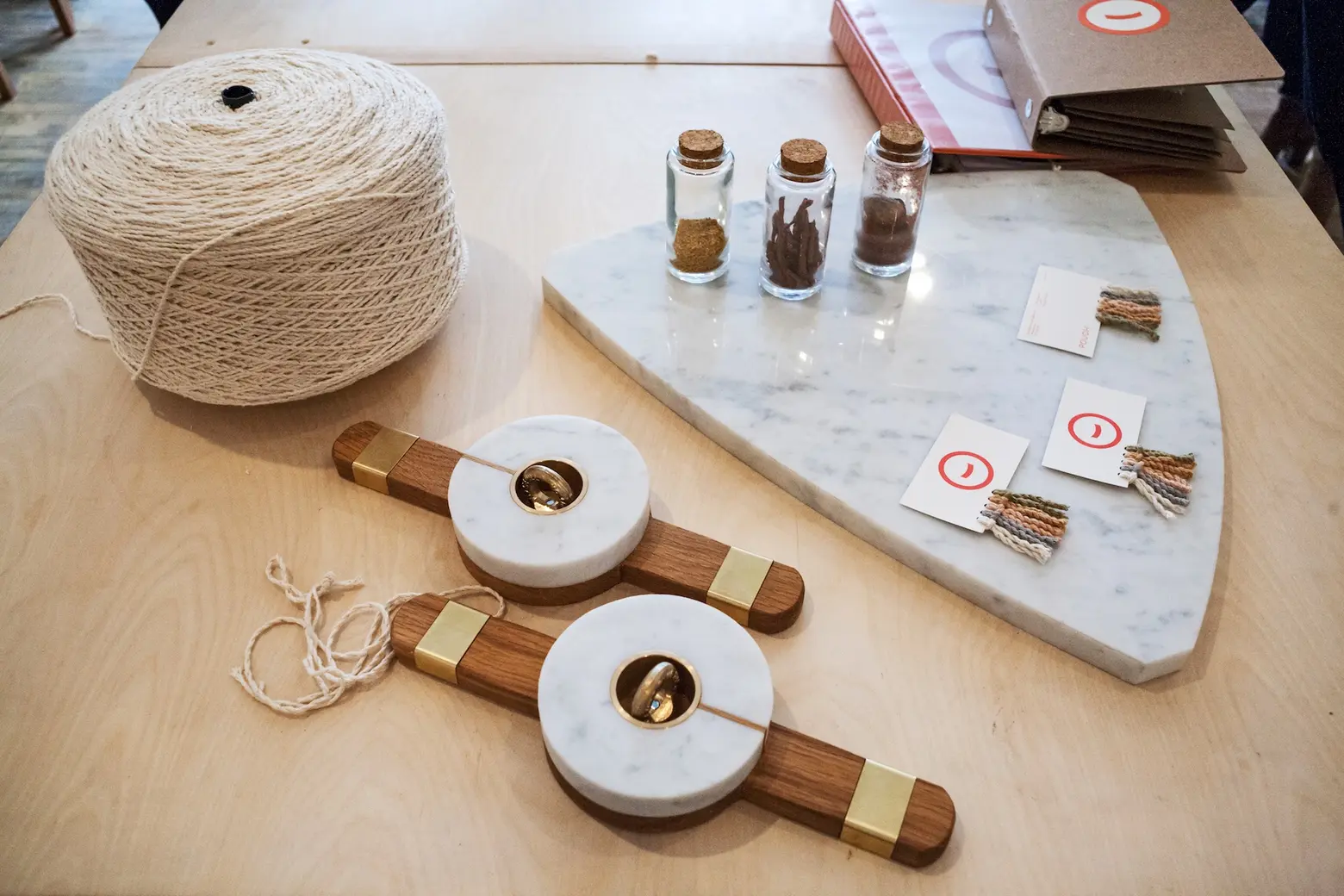
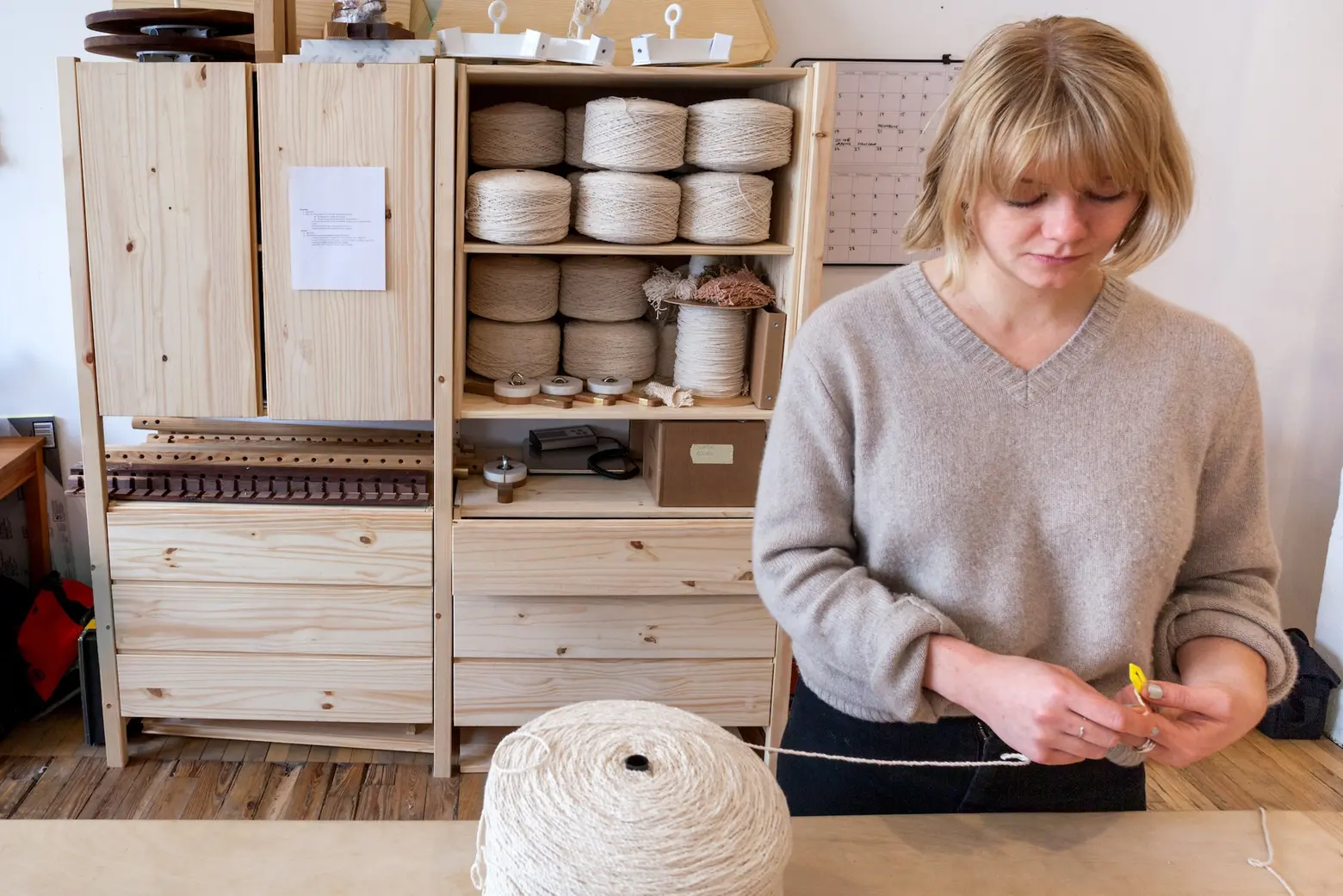
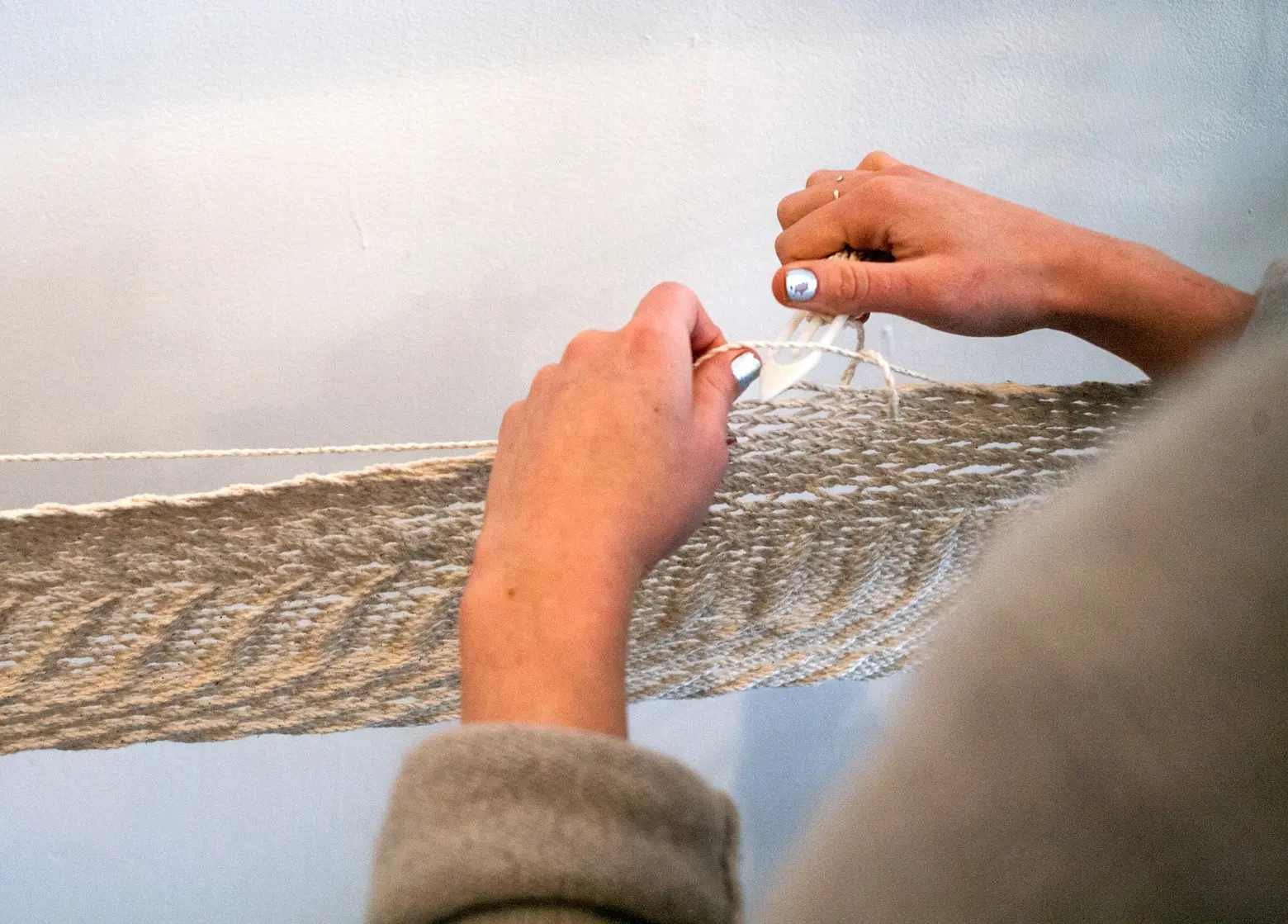
After each hammock is hand dyed individually, the Pouch team does the custom curtain weaving and assembles the hammocks and swings using rods and frames crafted from wood native to the East Coast.
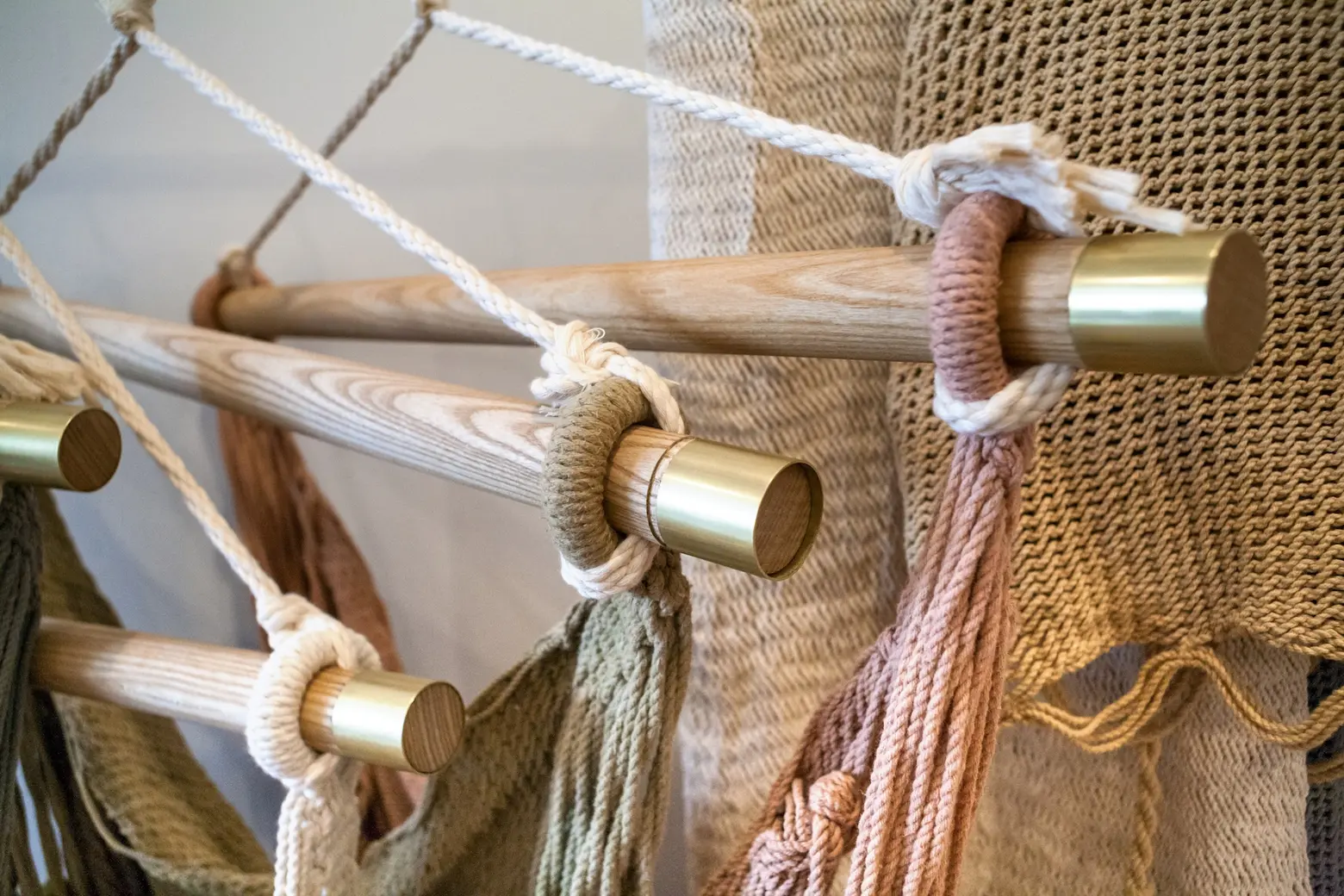 After experimenting with a lot of colors, Pouch settled on this palette of muted hues.
After experimenting with a lot of colors, Pouch settled on this palette of muted hues.
Of course, the products look beautiful, but there’s also the physical benefits of your body being able to take on its natural curvatures. “The only other place you would see that is if you’re doing yoga,” explains Robert. “It’s a lot of physicality that’s otherwise pretty much unattainable.”
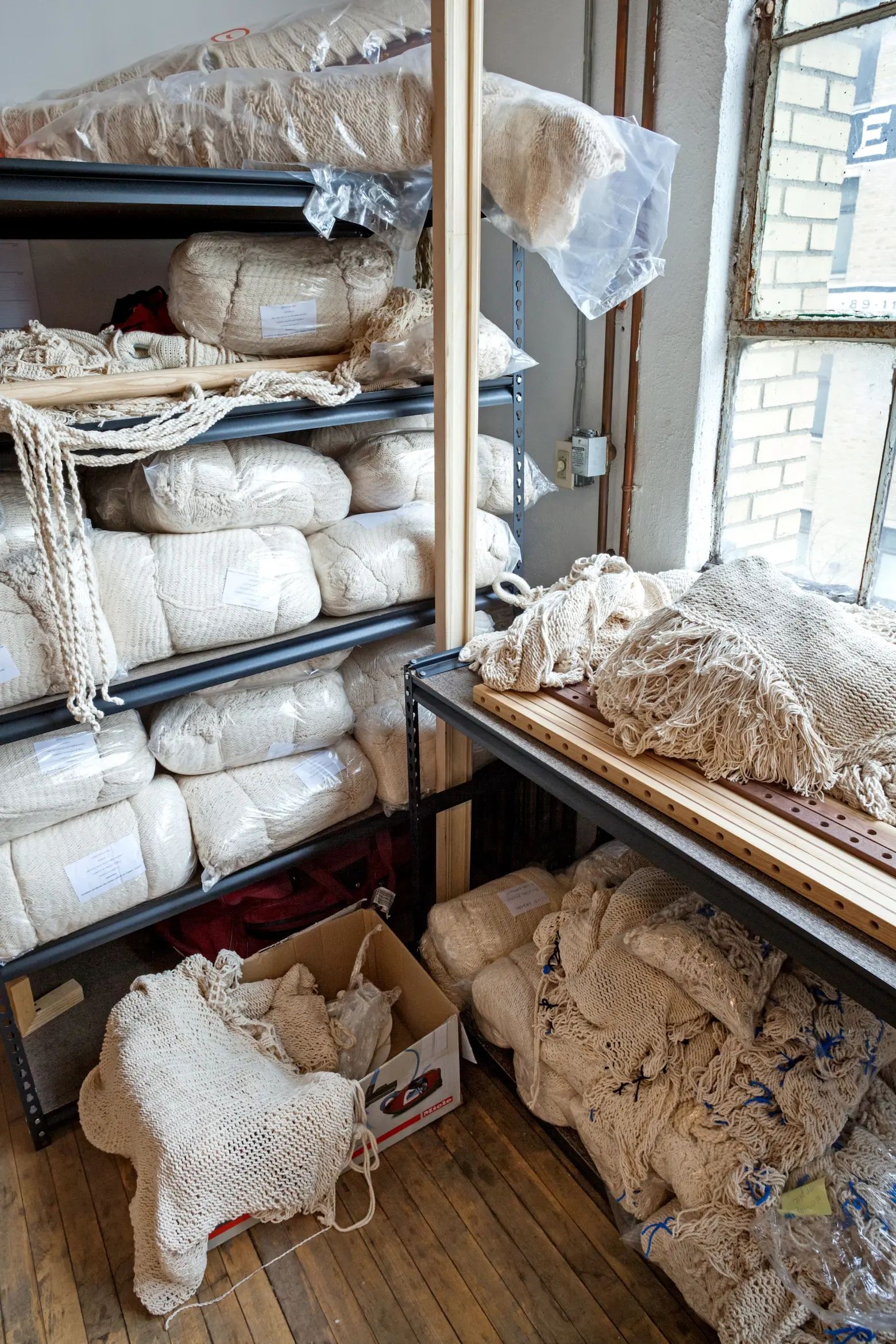
Overall, though, Robert is confident that the success of Pouch lies in the larger message. “Hammocks and swings have been around for a while. We have to challenge the idea of leisure and relaxation…. Give yourself an opportunity and a moment in your day or week where you’re physically and emotionally just suspended.” He also notes that, while there is plenty that can be done in a hammock, like getting work done on a laptop, “it’s really more of a cocoon or a womb where you’re just letting go. As a result of that, psychologically, it puts you in a different place.”
+++
All photos taken by James and Karla Murray exclusively for 6sqft. Photos are not to be reproduced without written permission from 6sqft.
